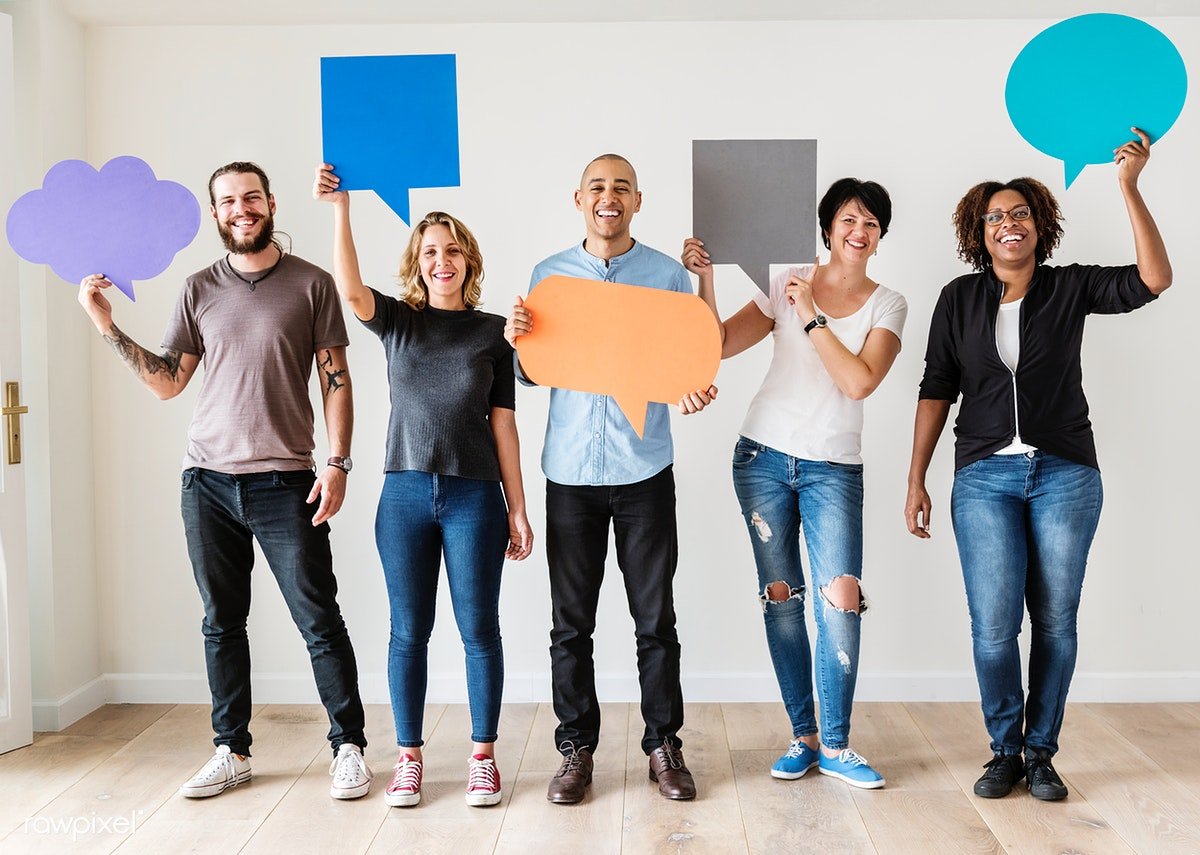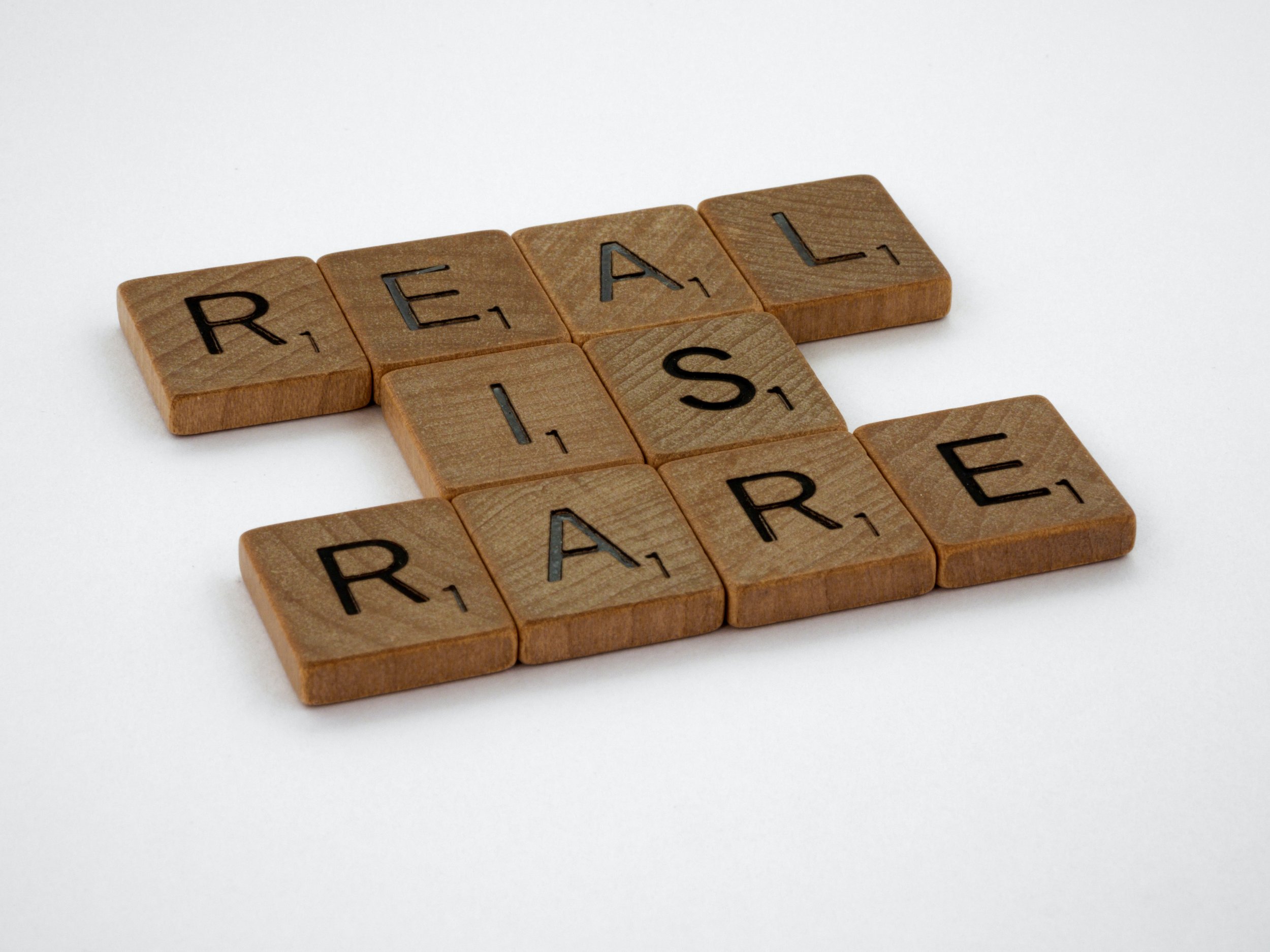Top Branding Trends For the Built Environment in 2023
Are you ready to elevate your branding game in 2023?
Branding is the process of understanding the foundations of your identity, how your audience perceives that identity, and how you can communicate that best to your target audience. Many organisations in the built environment, despite offering premium services, are yet to crack how to communicate their values through various branding strategies, such as visual branding, logo design, colour palette creation, brand unity, and so on.
As a brand in the built environment sector, it's crucial to understand the foundations of your company identity and how to effectively communicate it with potential clients. But with so many branding strategies out there, it can be difficult to know where to focus your efforts.
To help Built Environment firms enhance their brand identities, we've compiled a list of the top 7 branding trends set to dominate 2023. From adaptive logos to inclusive designs, read on to discover how you can set yourself apart and make a lasting impression on your clients.
1. Adaptive Logos
The need to be agile and adaptable are paramount in an ever changing world, as a brand and its logos are viewed in multiple formats.
An adaptive logo will have multiple versions, like iterations for letterheads, websites, smart phones, video, and even 3D worlds! All of these variations will have to be taken into account at the ideation stage of the process. The key here is consistency. Regardless of where the logo appears, it must still be recognisable as belonging to the company it represents.
You will usually start this process with a master logo, and then produce iterations for different contexts, tweeks along the way may inform the master logo thereby incorporating an almost agile approach into the process. For instance, if you need an animated logo that breaks apart as a video ident, it still needs to be recognised as the same logo that appears on black and white invoices for example.
Other adaptions may also include contextual changes, for example there might be a colour change to reflect certain services or departments of a company.
2. Minimalistic design
Similar to the majority of the world who after months of lockdown got rid of the clutter in their lives, many brands have started simplifying their branding. With global brands such as Google and Airbnb simplifying their logos even further, more brands are following suit, creating simpler designs, typography, and colour palettes.
The impact comes from the power of difference. A simplified brand and logo brings a sense of visual rest, contrasting the high volume of information that surrounds us (and the brand) on a daily basis.
According to Merehead this trend is part of the general exodus of brands from realist aesthetics to minimalism and symbolism. It achieves a sense of ‘Zen’ by removing superfluous information, font iterations and general clutter.
In 2023, we can expect more brands decluttering their logos, designs, and branding.
3. Persona Driven Branding
Following on from the theme above of overcoming information overload in our hectic and cluttered digital lives, how do brands break through the noise? The answer is persona driven marketing (ideally viewed from the viewpoint of Account Based Marketing.).
Before beginning your branding journey, ask yourself about who is it that is going to see your content? A brand built to speak to the target audience has a greater chance of influence and conversion.
Some questions to ask when building your personas are
What are the age, location, attitudes, and life circumstances of your ideal client?
What are the problems that your ideal client faces in their work and how are they currently solved?
What do they like to read or view online, and why do those forms of media help them?
How are they accustomed to being treated based on education and career status?
What are their job responsibilities? Who makes the final decisions?
How do they research and contact vendors or evaluate products they want to purchase? How do they prefer to be reached?
Demographic data is good but for best results always combine this with behavioural and psychographic data.
A branding and marketing agency like Concept Culture will work with your team to create your personas, taking a detached and pragmatic viewpoint, solutions will be based on market research, data, and conversation with your team members. Without outside support it can be difficult to keep a detached viewpoint and resist bias.
4. Data Driven Branding
2023 is going to see the rise of brands that invest in Data Science.
Marketing teams are going to focus on what has worked and what has not worked based on data intent. With strong data driven brand testing such as A/B testing, you can isolate what your target audience liked and what they didn’t, thereby targeting resources more efficiently.
If you don’t run A/B testing for your built environment branding then maybe it’s time to consider it. Concept Culture can help you do this as part of a complete data driven story-telling strategy.
5. Inclusive design
We predicted that in 2022 inclusive designs were going to become integral to brand campaigns.
With more clients and consumers caring about how their investments and purchases influence society and the planet, inclusive branding continues to be important in 2023. There are various nuances to inclusive branding, but the bottom line is that the more inclusive your branding becomes, the less barriers remain between your services and prospective clients.
You should take into consideration the views of a diverse range of groups when considering your brand. Avoid racial and gender stereotypes when creating your graphics as an example, and make concerted efforts to celebrate the diverse spectrum of your audience in your visual and written content.
6. Social first Branding
In 2022, 77% of marketers found social media ‘somewhat to very effective for marketing their products,’ with 82% repurposing their content for social media.
With sites such as LinkedIn, Instagram, Facebook, Twitter, and TikTok now having become one of the main sources of advertisement and client attraction, it is not surprising to see companies focused on adjusting their brand identities to cater for these channels.
In 2023, brands are going to ensure they stand out amongst their competitors on social media networks. Taking advantage of social first approach to you branding will improve engagement and communications.
7. Authentic Branding
Think about your daily life. Is there a grocery shop you visit regularly when you could go elsewhere? Do you have a specific brand of headphones you prefer more? Where do you buy your shoes from? Has there been a client you collaborate with on all your projects? We put our trust in brands partly because we believe in their authenticity.
Brand authenticity, simply put, means a branding that feels and looks genuine. It showcases your brand in an honest way and helps your audience get to know ‘the real you’ from the start.
Data shows that photoshopped ads, heavily edited commercials, and picture-perfect models and overused stock images no longer have an allure for the modern audience. Clients are more likely to work with you if they see you in real life and can relate to you.
In 2023 we can expect more organisations coming to the conclusion that looking real, honest, and unedited might allow them to connect better with their prospective clients and build better trust with the clients they already have.
Ready to elevate your brand?
Are you looking to create a powerful brand identity in 2023?
Look no further than Concept Culture to brand your Built Environment business. Our team of experts will help you create authentic branding that will make your business stand out from the competition.
Get in touch today for a free initial consultation.







